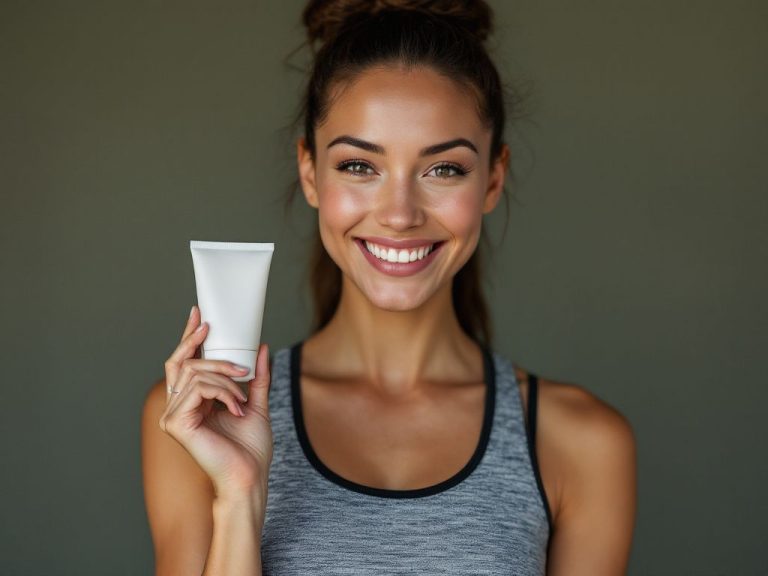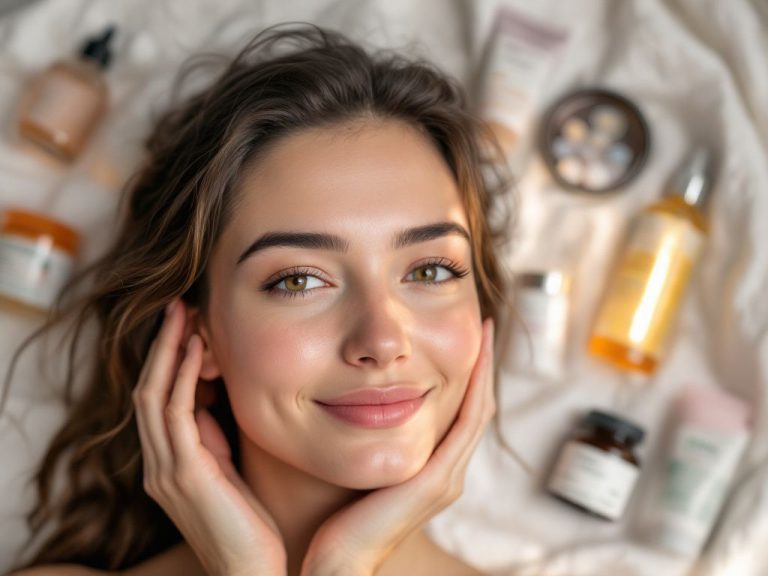Hey there! Let’s chat about something that’s irritating (quite literally): rebound acne. If you’ve ever thought, “Why the zits again?” after trying a new skincare product or treatment, you’re not alone. This pesky phenomenon can be a real bummer, especially when you’re doing everything in your power to fight acne. But worry not! We’re going to dive deep into rebound acne basics, what causes it, and most importantly, how to tackle it effectively. So, grab a comfy seat, maybe a snack, and let’s get to it.
Table of Contents
ToggleWhat Is Rebound Acne, Anyway?
Okay, rewind a second. Let’s start with a simple question: what is rebound acne? You know how you’re treating your skin with tenacity, trying something new in hopes of achieving that clear-skin dream? Then, BAM, your pores rebel. That’s rebound acne in a nutshell. Rebound acne refers to the flare-ups that occur after discontinuing or changing your skin treatment too quickly.
Astoundingly, one primary trigger is when people suddenly stop using steroids or certain medications without tapering off. The skin recognizes the withdrawal, goes a bit berserk, and, voilà—inflammation and breakouts. But hey, the more you understand, the better you’ll manage it. So keep reading for some helpful insights.
Common Triggers of Rebound Acne
Let’s break it down. Here are some of the usual suspects of rebound acne episodes:
- Abruptly Stopping Topical or Oral Steroids: These can initially calm inflammation, but stopping might result in worse breakouts.
- Changing or Ditching Acne Medications: Stopping benzoyl peroxide, retinoids, or antibiotics abruptly invites trouble without preparation.
- Quick Switching of Products: Battery-testing products and jumping ships without easing your skin in? Yup, it might freak out.
Remember, your skin craves stability and consistency. Sudden changes, although tempting under frustration, disrupt the normal balance.

Understanding the Skin’s Recovery Process
Let’s take a little pause here. Imagine your skin is like a ship. It’s been cruising along under one kind of weather (a routine or treatment), and bam, into a rogue storm (rebound acne). It needs time to recover!
Skin has incredible resilience and potential to heal if given the right circumstances. Post-treatment skin recovery is all about allowing your skin time to adapt to changes, whether it’s altering medication or dealing with aftermath from discontinuation.
The Healing Grind: How Your Skin Works
When you’re facing rebound flare-ups, patience becomes your trusted sidekick. Here’s a closer look at how the skin typically reacts:
- Immediate Reaction: This initial storm is your skin’s immediate cry for help. It might be accompanied by redness, bumps, the works.
- Adjustment Phase: Assuming you’ve paid heed and returned to a gentler handling of your regimen, your skin begins adjusting to the new normal.
- Recovery and Reformation: Slowly, those flare-ups calm as your skin gets accustomed to which products or lack thereof remain in play.
Giving your skin some leeway during this transition period is key to harmonious skin recovery.
Riding the Recovery Wave: Practical Treatment Steps
Alright, here’s where you get to be your own skin hero. We’ve figured out what rebound acne is; now let’s focus on tackling it. Deep breath. We’re restoring your arsenal.
Step 1: Keep Calm and Moisturize

First things first, hydrate that skin! Often, in the quest for aggression (battle theme: war against acne!), we forget about nurturing. Moisturisers are your best friend, especially non-comedogenic ones that won’t clog your pores.
Consider adding a gentle, barrier-strengthening moisturizer into your routine to balance moisture loss and repair skin barriers—help your skin bounce back, not freak out further.
Step 2: Reintroduce Treatment Slowly
Remember, the goal is consistency and not inundating your skin with ten products at once. After your skin finds its grounding, reintroduce treatment agents like salicylic acid or benzoyl peroxide but do it tenderly. Start with a lower concentration.
Maybe something like this:
- Week 1: Light application every other day
- Week 2: Gradually increase frequency and monitor results
- Week 3: Full integration
- Trust me, your face will thank you for it.
Step 3: Steroid Tapering Guidance
If steroids induced the chaos, resist the urge to abandon ship completely. Talk to your dermatologist about tapering off slowly to ease any dependency your skin might have developed. They might suggest alternative solutions like hydrocortisone in small amounts or alternative topicals to replace stronger steroids.
Step 4: Healthy Lifestyle Marathons

Alright, it wouldn’t be a skincare conversation without the usual suspects—diet and sleep. They’re mundane steps but matter a lot. A balanced diet with plentiful hydration plus regular sleep can stabilize your skin’s condition significantly.
Step 5: Embrace Patience, Wear Sunscreen!
Not just patience—sunscreen too. Picture yourself a zen master in terms of patience as the irritation clears over weeks—not days (boo!). Protective action like diligent sunscreen application (unexpected anti-acne weapon) prevents further aggravation by harmful UV rays during healing.
Mistakes to Avoid: Staying Clear of Tricky Terrain
Nah, we’re not done yet! Awareness of a few common mistakes can keep you on the straight and narrow. Take these points to heart:
- Ditching All Products in Desperation: Abandon nothing. Moderation will be your peace treaty.
- Picking at Flare-ups: Hands off, please! Fight the temptation. It just escalates scarring and extends healing.
- Over-Cleansing: More cleansing doesn’t equal magic. Stick to gentle, hydrating cleansers twice a day at most.
Lastly, Trust the Process
Whew, you made it here! So, what’s the crux of rebounding from a bout of rebellious acne? Understanding the long game. Rebound acne basics teach us control and insight on what our skin needs during stricter treatment transitions or stoppages.
Spot flare-ups don’t brush aside the relationship you’re building with your skin—and after hiccups, it can still glow again. Remember, while rebound acne feels giant in the moment, putting smart strategies in place lessens the burden allowing you to harness real improvements.
No one says you need a flawless complexion overnight. Every bump (pun harshly intended) is part of the epidermis conversation keeping your skin happy and healthy over time. Now go ahead, show your face some love—and a little patience!
Frequently Asked Questions
What is rebound acne?
Rebound acne refers to the return of acne after a period of clarity or improvement. This can occur due to various factors such as seasonal changes, hormonal fluctuations, or the cessation of certain treatments like birth control[2][3][4).
What causes rebound acne at the start of the school year or after summer?
Rebound acne at the start of the school year or after summer is often caused by the thinning of the stratum corneum, hormonal changes, and increased stress. During summer, the skin thickens to protect itself from UV rays, but as sun exposure decreases, the skin’s balance is disrupted, making it more prone to acne. Additionally, hormonal fluctuations and stress can exacerbate the condition[1][3).
How does stopping birth control contribute to rebound acne?
Stopping birth control can lead to rebound acne due to the sudden drop in synthetic hormones, particularly estrogen, which had been suppressing sebum production and androgen levels. When these hormones are no longer present, the body may overcompensate by producing more androgens, leading to increased sebum production and acne[2][4).
How can I prevent and treat rebound acne?
To prevent and treat rebound acne, it is important to maintain a consistent skincare routine, keep the skin well-hydrated, and use sunscreen. Additionally, using products that help balance the skin’s pH, reduce sebum production, and prevent bacterial growth can be beneficial. A balanced diet rich in fruits, vegetables, and antioxidant-rich foods also supports skin health. Consulting a dermatologist for tailored advice and treatments is recommended if acne persists[1][3][4).
References







